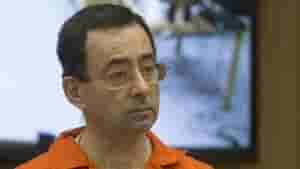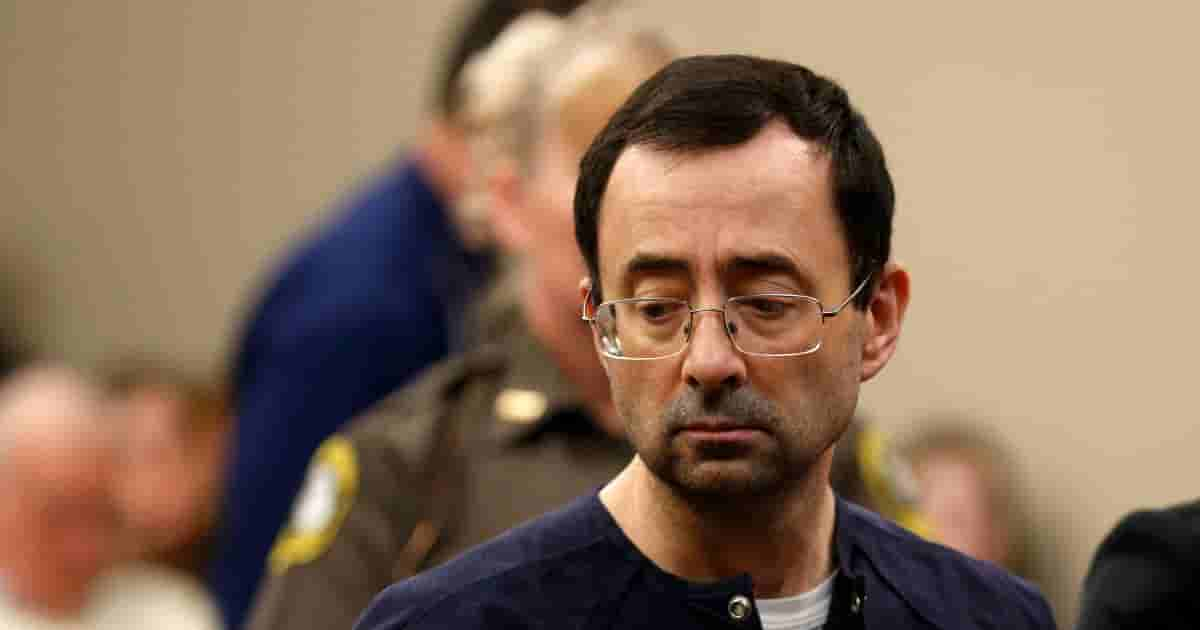Some of history’s most prominent criminals have faced cruelty in jail and even died at the hands of other convicts, sometimes as a result of the unspoken rule of “prison justice.”

Larry Nassar Assaulted in Prison, Highlights Violence Against Criminals
Child murders, rapists, and molesters are frequently the targets of the violence. Larry Nassar was attacked by a fellow inmate in a federal Florida prison on Sunday, according to reports.
The disgraced former sports doctor is allegedly in stable health after being convicted of sexually assaulting multiple female gymnasts, including Olympic medalists.
Other offenders, though, ranging from infamous serial killer Jeffrey Dahmer to a low-level robbery felon. Those who were sawed in half during a jail riot did not fare as well.
Here are some such examples of high-profile offenders who were subjected to violence while imprisoned for their crimes.
Other Criminals :
JEFFREY DAHMER
Dahmer, already one of the most infamous and heinous serial murderers, became a true-crime fascination last year following actor Evan Peters’ portrayal of the “Milwaukee Cannibal” in a Netflix series.
13 women were killed by “The Boston Strangler” between 1962 and 1964. Prior to his conviction and sentencing of 15 years at the Columbia Correctional Institution in Portage, Wisconsin.
Dahmer’s reputation and horrible deed made it improbable that he would die naturally.
JAMES “WHITEY” BULGER
Notorious gangster James “Whitey” Bulger was the leader of Boston’s Winter Hill gang, located northwest of the city. Before fleeing for 16 years and eluding arrest.
He was the FBI’s second most wanted fugitive by 1999, after only Usama bin Laden.
He was apprehended in June 2011 in Santa Monica, California. James was eventually convicted on 31 charges of racketeering and was proven to be involved in 11 killings.
ALBERT DESALVO
Between 1962 and 1964, “The Boston Strangler” murdered 13 women. However, the culprit behind the moniker did not have a true name until 1965.
During the course of a separate criminal investigation investigating sexual assaults and burglary. Albert DeSalvo admitted to being “The Boston Strangler,” or “The Phantom Fiend” as he was known in the mid-1960s.
However, the case remained open, and a lack of tangible evidence prevented DeSalvo from being prosecuted. Who was convicted of the other offences and was imprisoned in Bridgewater, Massachusetts.
















